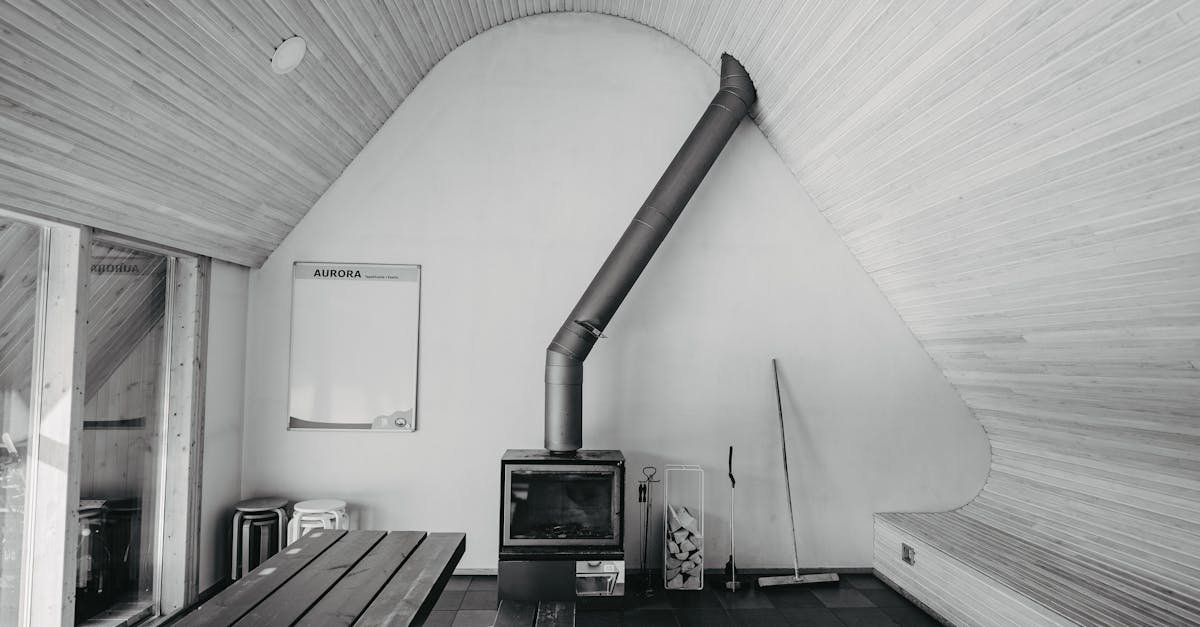Looking to estimate the cost of baseboard heating? A baseboard heater cost calculator can help you quickly determine the expenses involved in installation and operation. By inputting factors like room size, heater type, and energy rates, you can get an accurate estimate tailored to your specific needs.
Understanding these costs is essential for budgeting your heating solutions effectively. Whether you’re renovating or building a new space, knowing what to expect can save you from unexpected bills down the line. Let’s jump into how this tool can simplify your heating project and ensure you make informed decisions.
Overview of Baseboard Heater Cost Calculator
Using a baseboard heater cost calculator simplifies budgeting for heating projects. This tool helps you quickly estimate installation and operational costs.
Regardless of the project size, accurate cost estimation prevents unexpected expenses. You input specific details like heater type, size, and location. The calculator adjusts costs based on these factors. This leads to a more precise budget.
Costs typically range from $467 to $1,129 per heater, influenced by several elements. This range includes the heater cost, installation labor, and materials. For electric baseboard heaters, expect prices between $100 and $300. Installation labor adds another $250 to $500 for each unit. Additional supplies like fittings and fasteners will typically cost you an extra $100 to $200.
Understanding these numbers helps you make informed choices. When you use a cost calculator, you’re less likely to exceed your budget. This tool streamlines your planning, giving you insights into necessary investments and future savings.
Importance of Calculating Heating Costs
Calculating heating costs is essential for homeowners. It helps you manage your finances effectively and ensures that you choose the right heating solution.
Factors Influencing Heating Costs
Several factors affect the overall heating costs:
- Type of Heater: Electric and hydronic heaters have different price points. Electric heaters range from $100 to $300, while hydronic systems can be more expensive due to installation complexity.
- Installation Labor: Labor costs typically add $250 to $500 to your total expense. Finding skilled technicians can influence this cost.
- Location: Heating needs vary by location. Colder climates may require more heating, increasing your overall costs.
- Size of Space: The size of the area you want to heat matters. Larger spaces require more units, leading to higher initial and operational expenses.
- Material Costs: Supplies for installation often add up, costing between $100 and $200. Always account for these in your budget.
Benefits of Accurate Cost Estimation
Accurate cost estimation provides several benefits:
- Budgeting: Knowledge of upfront and ongoing costs helps you budget better. You can plan for both installation and future expenses.
- Energy Efficiency: Understanding costs allows you to compare different heaters. You’ll see which option offers the best efficiency without overly spiking your bills.
- Maintenance Planning: Knowing future maintenance costs helps you avoid surprises. You can set aside funds each month for regular upkeep.
- Replacement Readiness: Forecasting potential replacement costs lets you prepare. You’ll know when it might be time to upgrade for better efficiency.
Accurate heating cost calculations empower you to make informed decisions, ensuring comfort without very costly.
How to Use a Baseboard Heater Cost Calculator
Using a baseboard heater cost calculator is straightforward. This tool helps estimate installation and operational costs for baseboard heating systems. By following a step-by-step guide, you can avoid common pitfalls and ensure accurate calculations.
Step-by-Step Guide
- Determine Room Size and Heating Needs
Measure the room’s length and width. Multiply these figures to find the square footage. Use the formula:
Baseboard Heat Size (BHS) = Length (L) * Width (W) * 10 watts per square foot. This calculation helps establish the wattage required for efficient heating. - Choose the Right Heater Size
Use the wattage from your previous calculation. For example, a room that measures 144 square feet needs about 1440 watts. Consider factors such as windows, doors, and insulation when selecting the heater size to ensure you meet your heating requirements. - Select the Type of Baseboard Heater
Choose between 120-volt and 240-volt models. Often, the 240-volt option is more efficient. This choice can impact both installation costs and overall heating effectiveness.
- Neglecting Room Dimensions
Ensure you calculate the room size accurately. Overlooking this detail could lead to improper heater sizing. - Ignoring Heating Requirements
Don’t forget to factor in heat loss from windows and exterior walls. Failing to do so might result in inadequate heating. - Choosing the Wrong Heater Type
Be cautious when selecting between 120-volt and 240-volt models. The wrong choice can lead to inefficient heating and higher energy bills. - Misestimating Costs
Pay attention to all potential costs, including installation and materials. Overlooking these could disrupt your budget. - Not Using the Calculator Effectively
Input accurate data into the cost calculator. Using incorrect details can lead to misleading estimates.
By adhering to these steps and avoiding common mistakes, you’ll gain a better understanding of your baseboard heating costs.
Cost Comparison: Electric vs. Hot Water Baseboard Heaters
Understanding costs for electric and hot water baseboard heaters helps you make informed choices. Initial installation and long-term operating costs play significant roles in your decision.
Initial Installation Costs
Installing electric baseboard heaters ranges from $467 to $556 per heater. Costs include the heater, labor, and necessary materials. For the first unit, expect to pay between $250 and $500. Each additional unit typically costs $100 to $200. You might also need a new 240-volt receptacle and circuit breaker, which adds another $500 to $800 to your total.
Hydronic baseboard heaters cost more to install. Prices vary from $300 to $500 per unit. The installation costs range from $200 to $500 per unit, based on plumbing updates needed. These expenses can accumulate quickly.
Long-term Operating Costs
Electric baseboard heaters use electricity to operate. Operating costs depend on your usage and local electricity rates. In contrast, hydronic heaters rely on hot water, which can offer more efficiency. The operating costs for hydronic systems are generally lower over time, especially in regions with high electricity rates.
You’ll also want to consider maintenance costs. Electric heaters often require less maintenance than hydronic systems, which may need periodic checks of the boiler and pipes. This difference can affect your long-term expenses.
Summarizing, both heater types have distinct cost structures. Evaluating installation and long-term operating costs gives you a clearer understanding to budget effectively.
Conclusion
Using a baseboard heater cost calculator can significantly enhance your budgeting efforts for heating projects. By inputting specific details, you can receive accurate cost estimates that help you plan effectively. This tool not only simplifies the process but also empowers you to make informed decisions about your heating solutions.
Understanding the costs associated with different heater types and their installation can lead to better financial management. With the right insights, you can choose the most efficient heating system for your home while avoiding unexpected expenses. Embrace the benefits of this calculator and take control of your heating costs today.








